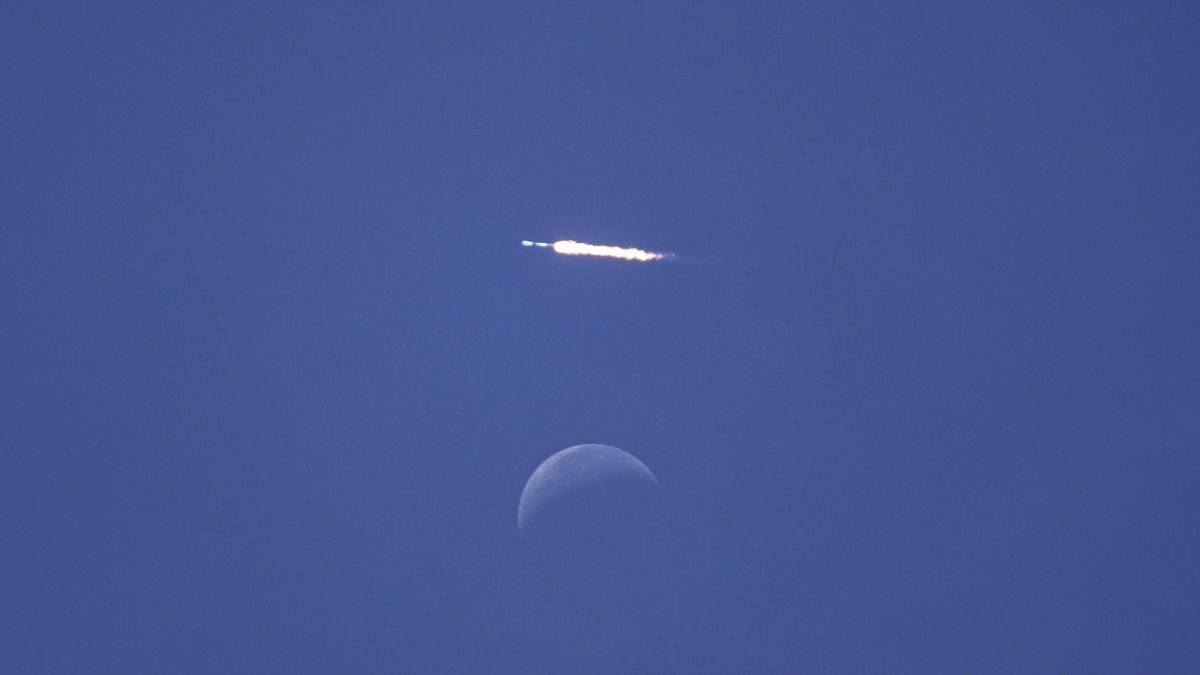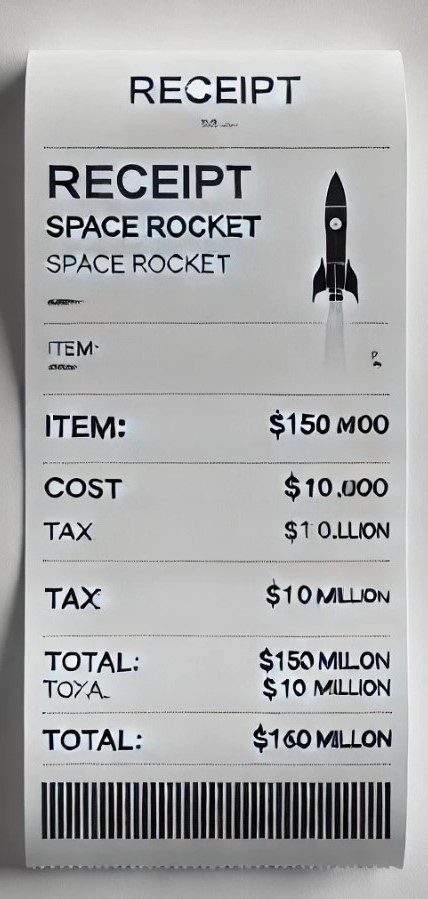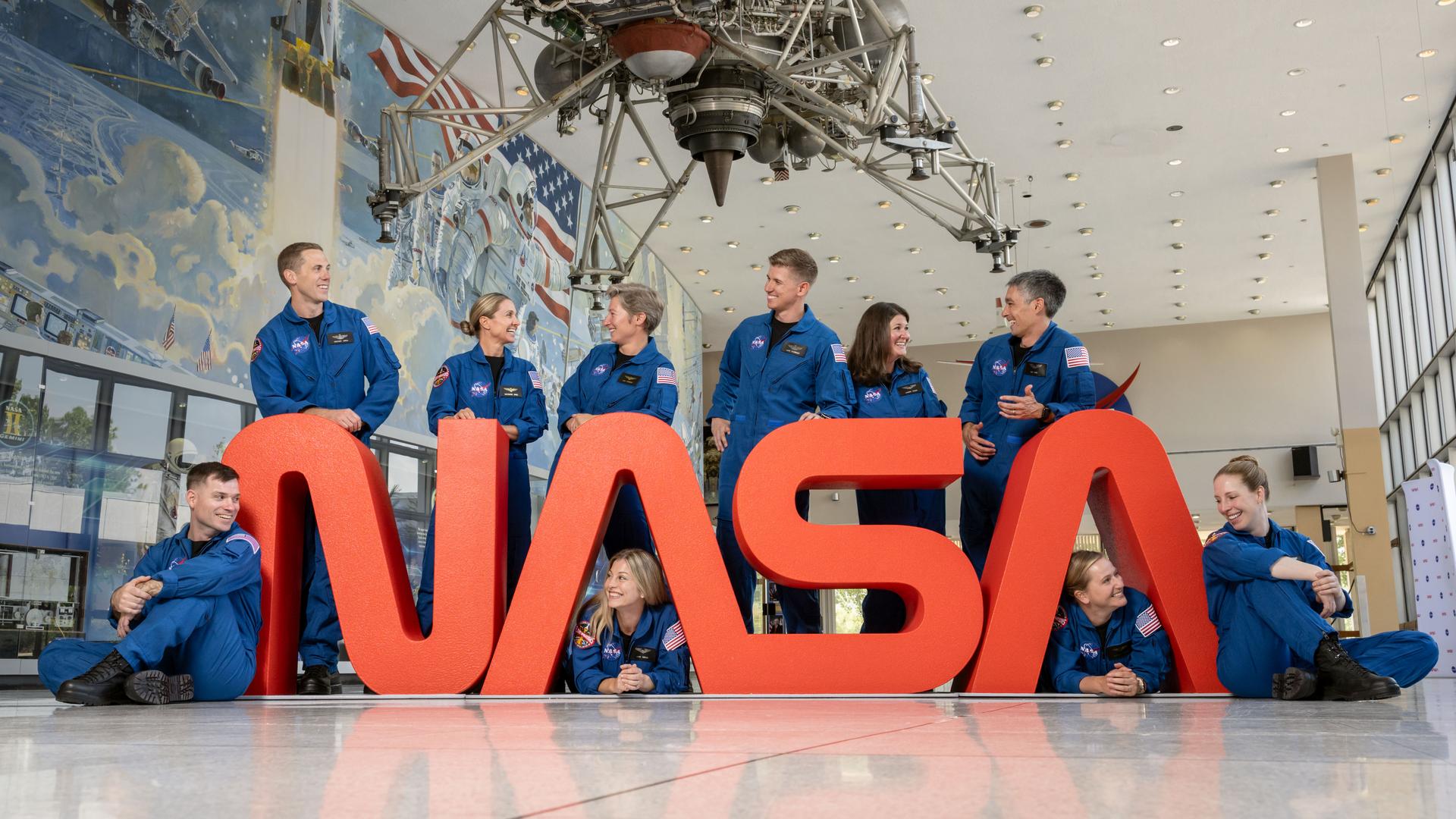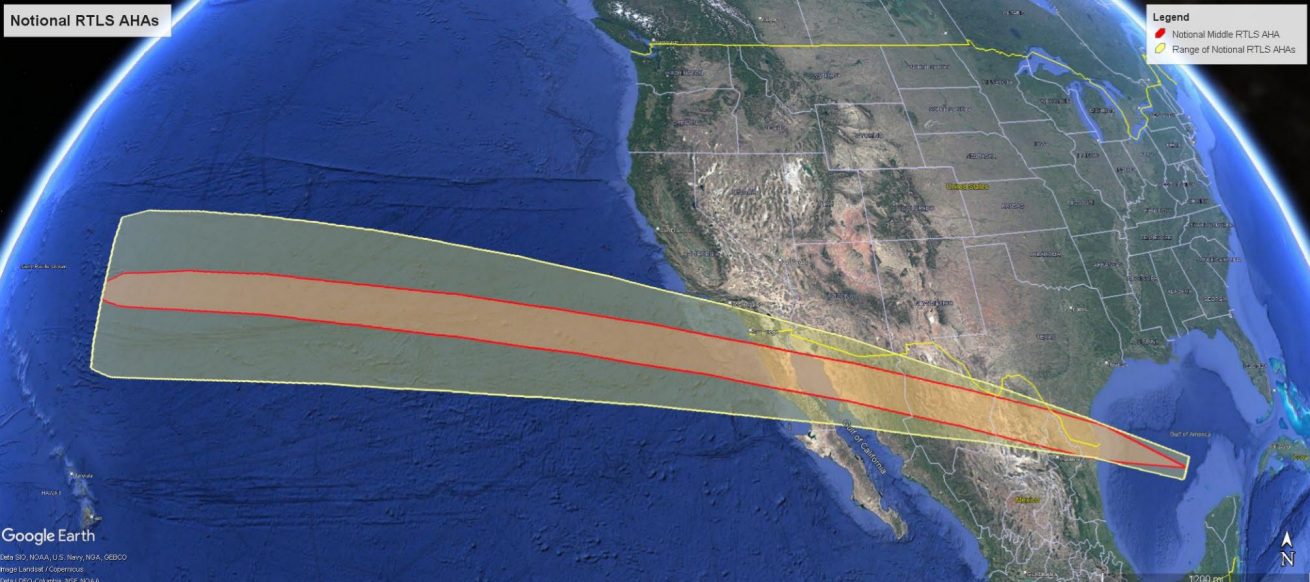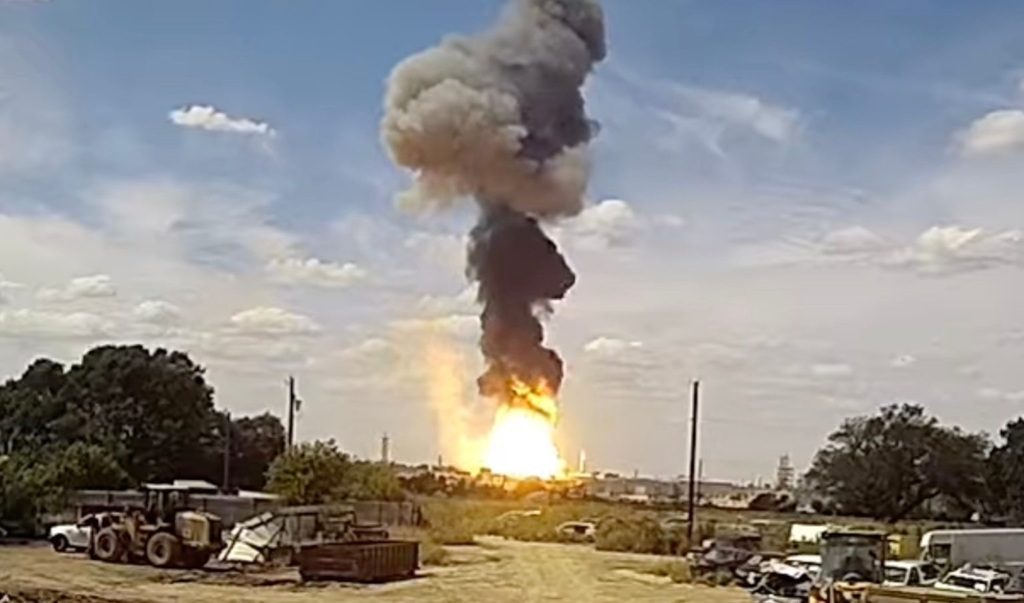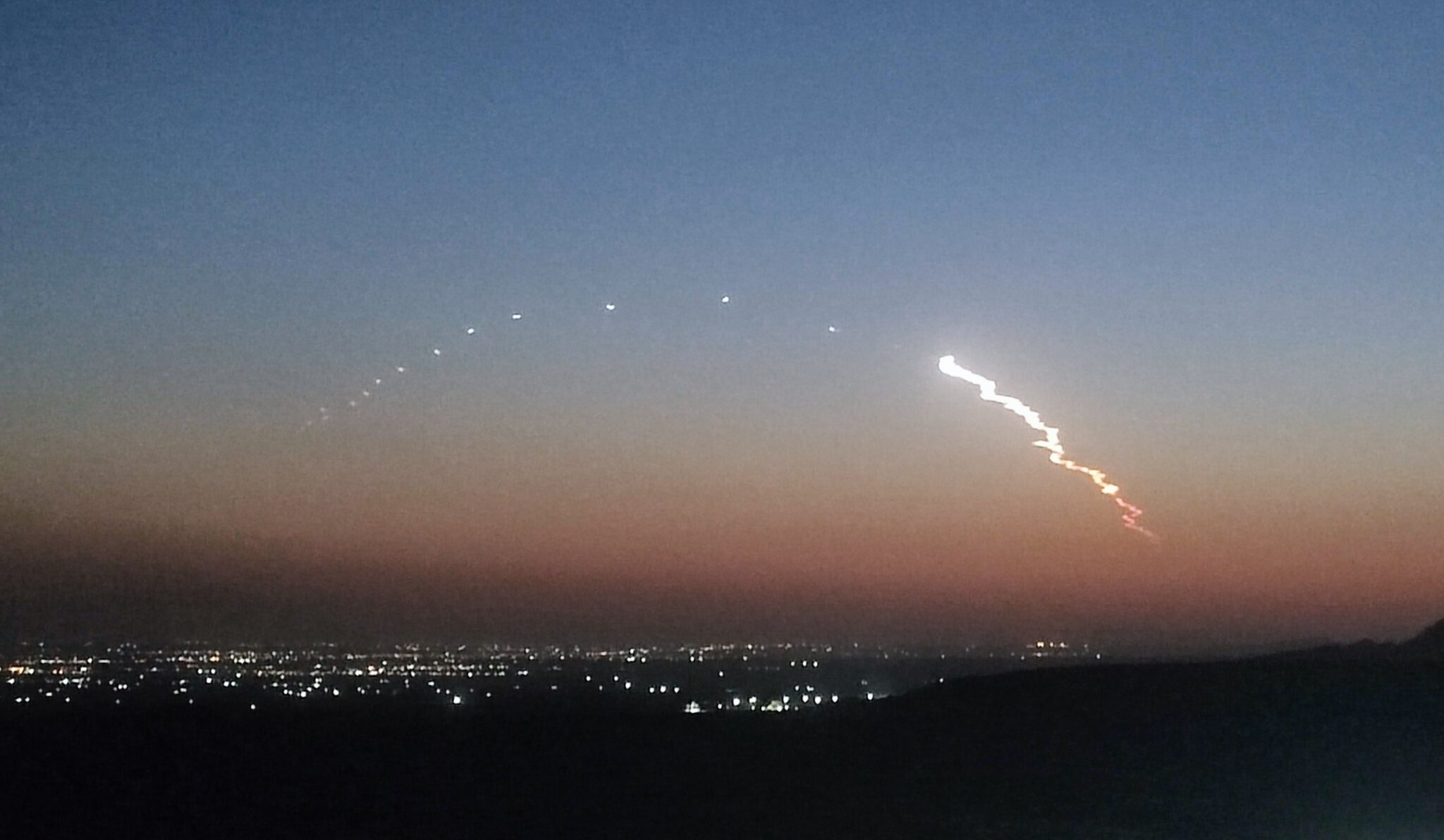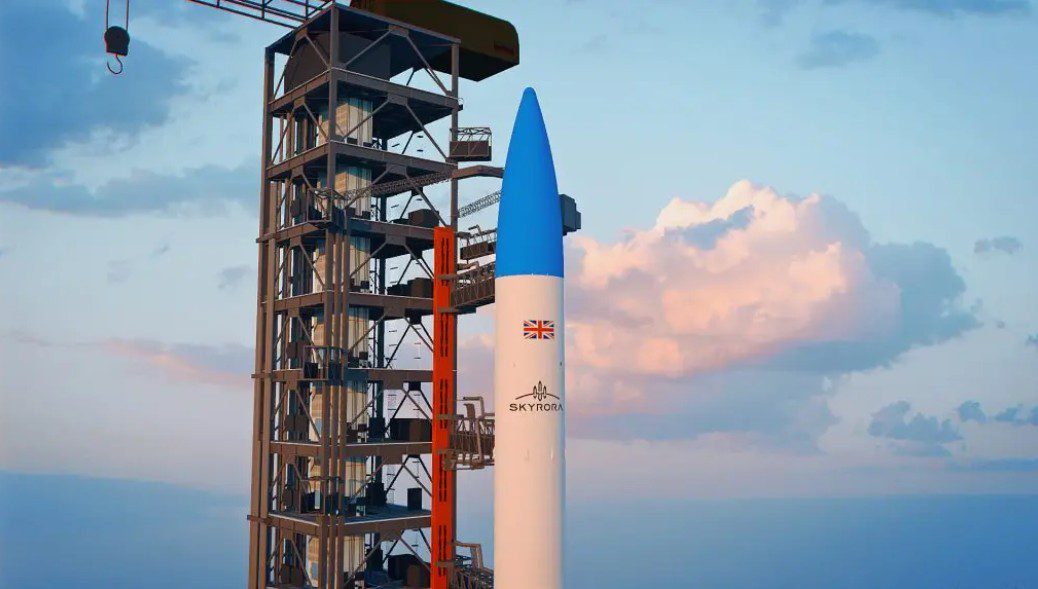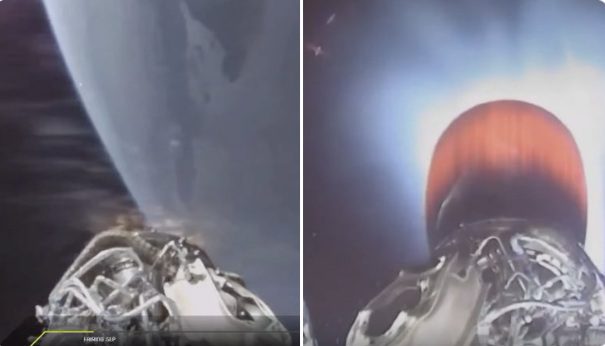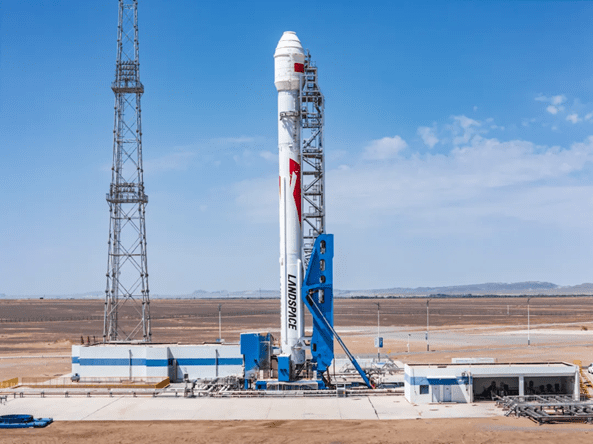SpaceX successfully launched a Falcon 9v1.2FT Block 5 from Space Launch Complex 4 East (SLC-4E) at the Vandenberg Space Force Base in California, USA, at 1739 GMT on 22 July. The vehicle was carrying 46 Starlinks of Group 3-2 which were being placed into the third shell of the constellation.
The B1071 reusable first stage, which was on its fourth flight, successfully landed on the drone barge “Of Course I Still Love You” (OCISLY), stationed 635 km down range in the Atlantic Ocean, eight minutes 23 seconds after launch. This launch was previously scheduled for 21 July, however it was aborted at T-46 seconds due to a technical reason.
On 24 July, SpaceX successfully launched a Falcon 9v1.2FT Block 5 from the Kennedy Space Center (KSC) in Florida, USA. The launch time was 1338 GMT. The launch vehicle was carrying 53 Starlinks of Group 4-25. The B1062 first stage, which was on its eighth flight, successfully landed on the drone barge “A Shortfall of Gravitas”, stationed about 650 km to the northeast of Cape Canaveral in the Atlantic Ocean, at T+8 minutes 45 seconds.
These were the fourth and fifth Falcon 9 launches from the SpaceX programme in July alone, and marked the 33rd Falcon launch in a year, breaking SpaceX’s previous annual flight record of 31 orbital attempts set last year.
Post script: The Starlink constellation is arranged in shells at different altitudes and inclinations. Source: SpaceX/FCC via Wikipedia.
- Group 1 will consist of 72 orbital planes of 22 satellites each (1,584 total) in a 550 km orbit at 53 degrees inclination.
- Group 2: 36 orbital planes of 20 satellites each (720 total) in a 570 km orbit at 70 degrees inclination.
- Group 3: 6 orbital planes of 58 satellites each (348 total) in a 560 km orbit at 97.6 degrees inclination.
- Group 4: 72 orbital plans of 22 satellites each (1584 total) in a 540 km orbit at 53.2 degrees inclination.
- Group 5: 4 orbital plans of 43 satellites each (172 total) in a 560 km orbit at 97.6 degrees inclination.
David Todd contributed to this story.

